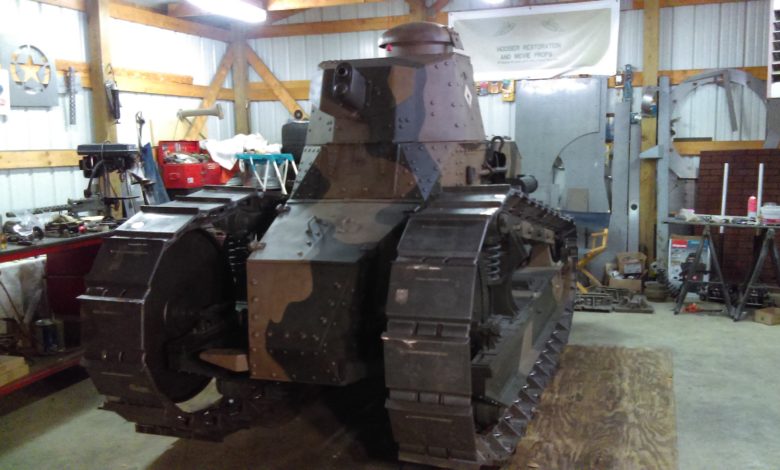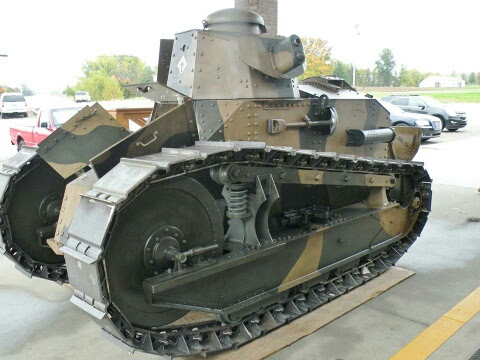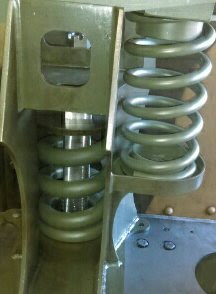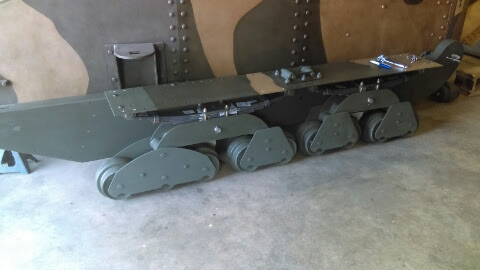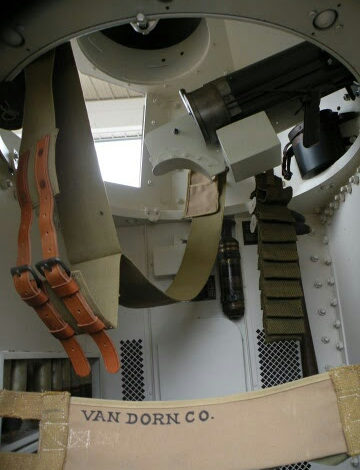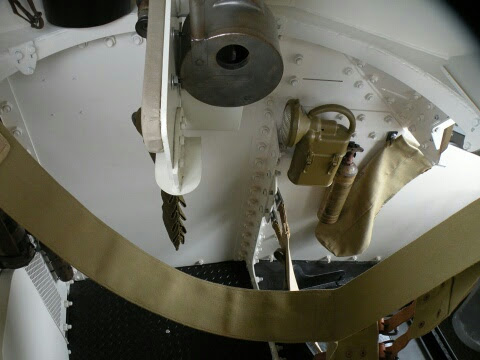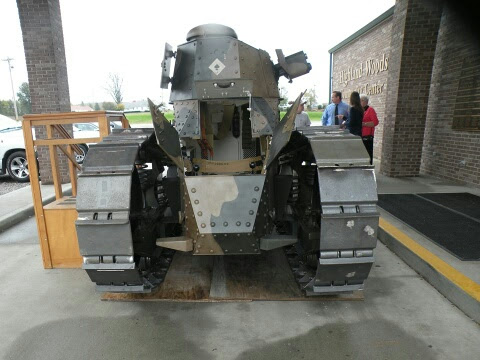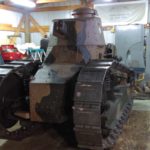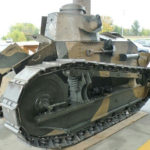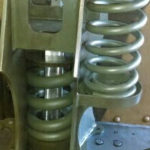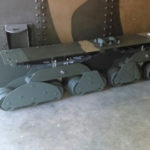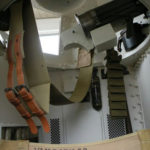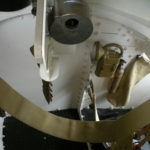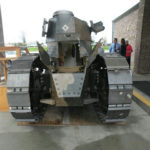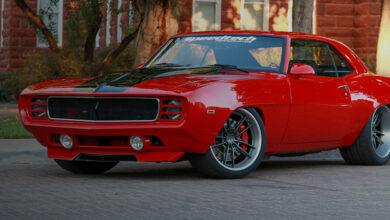Supplier Springs into Action for Historic Relic
A recent phone call caught the attention of Mike Eaton, president of EATON Detroit Spring.
The call came from Randy Becht, owner of Hoosier Restoration and Movie Props, who was seeking help on a very special project.
Becht has been in the street rod business for many years, and throughout his career has restored military vehicles for museums and movie sets alike. But his newest project was perhaps his most ambitious ever, and he knew he had to call on the best to make it a reality.
“It was my wife Janet who had the idea of rebuilding Gen. George S. Patton’s tank,” Becht said. “She told the Indiana Military Museum CEO, Jim Osborne, that we could do it.”
Patton’s tank-”a World War I-era M1917-”stands over 7-feet tall and 16-feet long. It’s equipped with a machine gun and keeps a crew of two soldiers. A rebuild had never been attempted.
“I am amazed by the things I get to learn in this business,” Eaton said. “Randy’s tank project reinforced that one never will know it all.”
Over the course of 18 months, Becht and his team made progress rebuilding the tank. The 7-ton machine had very few original parts, and no blueprints.
“Most of the parts were built or recreated from pictures, but that’s what we pride ourselves on-building what was lost to history,” Becht said.
When it came time to build custom springs, however, progress came to a halt. That’s when Becht decided to try EATON Detroit Spring.
“Randy (Becht) sent a rather vague email asking if we could build four springs to special specs. Because he could not give much information, I was afraid we would not be able to help him,” Eaton said, “But once he said the spring was for Gen. Patton’s tank, I knew we would make it happen.”
The importance of the spring setup was unexpected, according to Becht. Without the right rates and specs the tank would not sit right, nor would it wouldn’t function properly.
“What we started with was flawed,” he said. “EATON Detroit Spring came in and saved the day. They not only corrected 100-year- old flawed engineering, but improved it greatly.”
To create something that would work, Eaton’s first steps were to ask the questions needed to build the custom tank springs, including:
- The length of the area the springs would fit into
- The distance from the center bolt location to the center of the spring eyes, both front and rear of the spring
- Maximum width allowed
- Distance between the bottom mounting plate of the springs and the center line of the eyes when the springs would be loaded with the weight of the tank
- The weight the springs would be supporting
- And how the weight would be distributed front and rear
“Randy (Becht) gave me what he could and mentioned a couple of weak points that he saw in the original design,” Eaton said. “Then I went to work.”
Calling on his 40-plus years of spring-building experience, Eaton created a design he believed solved all the problems, including a way to make a quick correction if needed.
“Randy (Becht) installed the springs and called me happier than a kid in a candy store,” he said. “The tank sat perfectly.
“Randy is an extremely talented man,” Eaton added.
“Without the dedication and charity of industry leaders like Mr. Eaton and others, we would not be able to do the things we do,” Becht said. “We thank God for our ability to do what we love and to bring happiness to museum patrons everywhere we send our creations.”
Those creations are delivered to institutions all over the United States, with additional collaborations beginning with several European museums next year.
As for Patton’s WWI tank, it was dedicated on Nov. 2 and received by George Patton Waters, Gen. Patton’s grandson and fellow veteran. It is now on permanent display at the Indiana Military Museum in Vincennes, Indiana.
